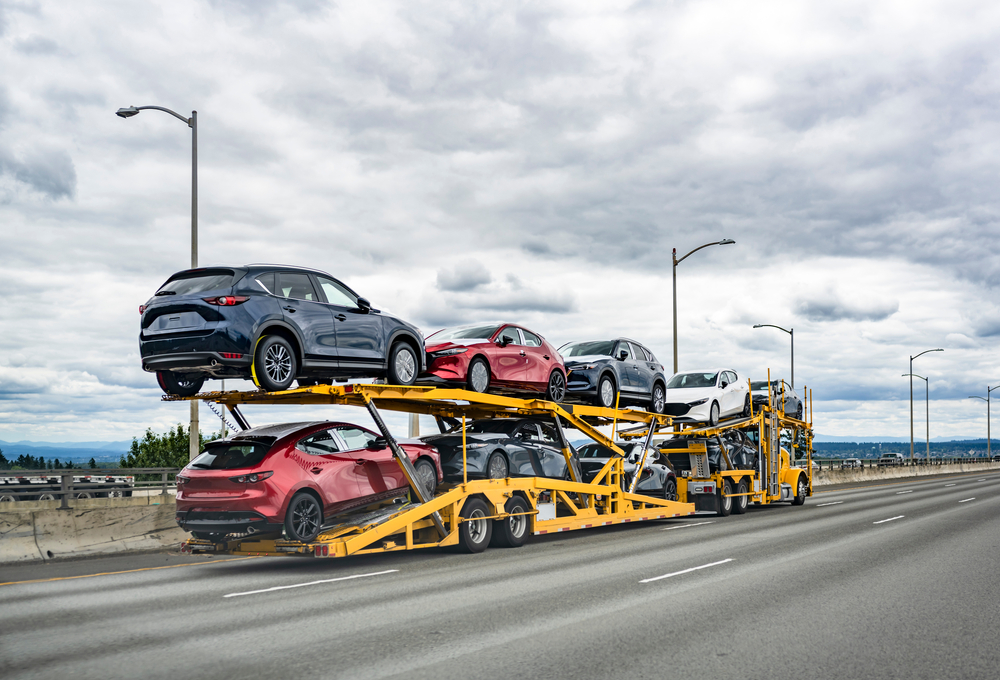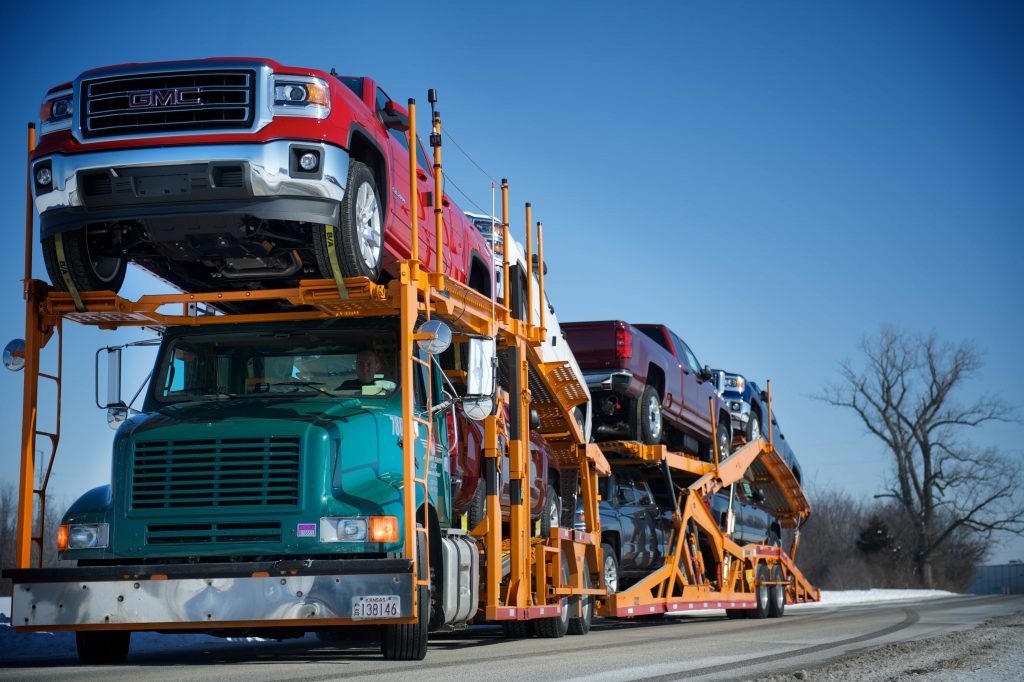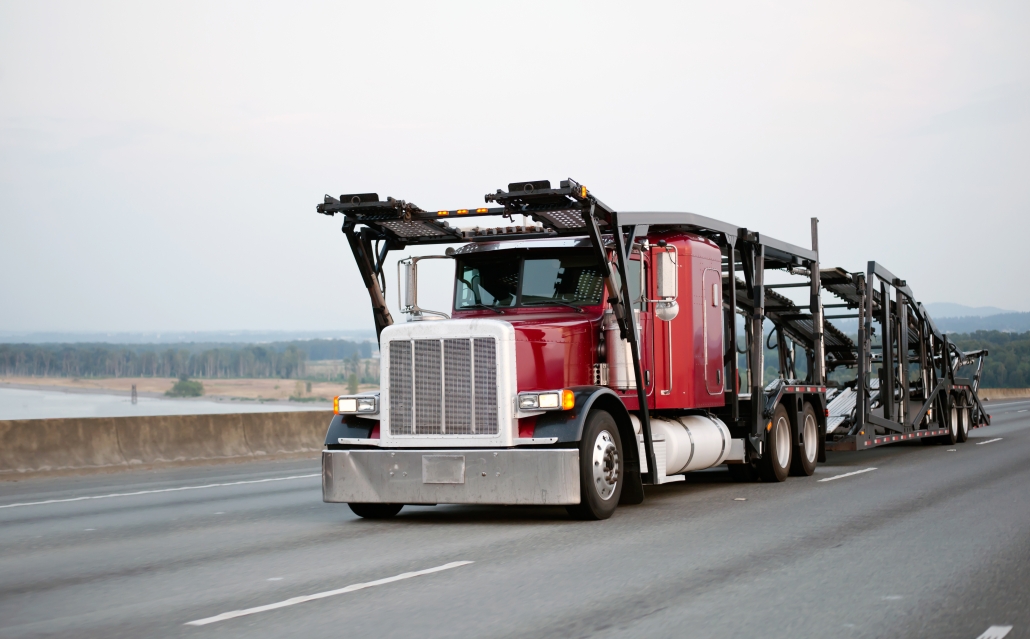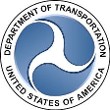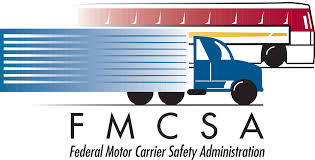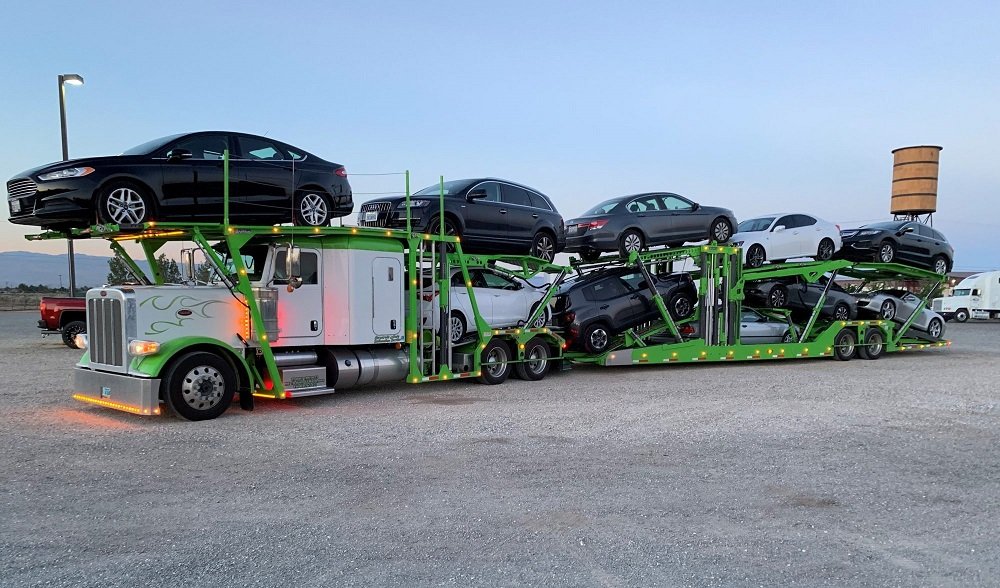
What Happens to Your Car During Transit: A Behind-the-Scenes Look
When you hand over your keys to an auto transport company, your vehicle embarks on a carefully orchestrated journey that most car owners never get to see. At The Car Carriage, we believe transparency builds trust, so we’re pulling back the curtain to show you exactly what happens to your car from pickup to delivery.
The Pre-Transit Inspection: Your Car’s Health Check
Before your vehicle even touches a transport trailer, it undergoes a comprehensive inspection that serves as its baseline health record. Our trained inspectors document every existing scratch, dent, and imperfection with digital photos and detailed notes. This isn’t just paperwork—it’s your protection and ours.
The inspection covers paint condition, tire wear, fluid levels, battery charge, and interior condition. We also check for any loose parts, aftermarket modifications, or items left inside the vehicle. This meticulous documentation ensures that when your car arrives at its destination, both you and we know exactly what condition it should be in.
Loading Day: The Art of Vehicle Tetris
Watching a skilled driver load vehicles onto a transport trailer is like witnessing a master at work. Each car’s position is strategically planned based on its size, weight, clearance requirements, and delivery order. Luxury vehicles and classics often get prime real estate on the enclosed trailers’ upper decks, while SUVs and trucks typically claim the lower positions where height restrictions aren’t a concern.
The loading process involves precise maneuvering using specialized ramps and hydraulic systems. Drivers secure each vehicle with heavy-duty straps and chains at multiple points, ensuring the car won’t shift during transit. The entire process can take 1-3 hours depending on the trailer size and number of vehicles being loaded.
Life on the Road: Your Car’s Cross-Country Adventure
Once loaded and secured, your vehicle becomes part of a mobile convoy that follows strict transportation protocols. Professional drivers maintain detailed logs of their routes, rest stops, and any incidents along the way. These aren’t just truck drivers—they’re specialized auto haulers who understand the unique challenges of transporting valuable cargo.
During transit, your car experiences minimal wear since the engine remains off and wheels don’t touch the pavement. The transport trailer acts as a protective cocoon, shielding your vehicle from road debris, weather, and the wear-and-tear of actual driving. In many cases, cars arrive in better condition than if they had been driven the same distance.
Weather and Protection: Nature’s Challenges
Weather presents one of the biggest variables in auto transport. Open carriers offer excellent visibility and airflow but expose vehicles to the elements. Our drivers monitor weather patterns closely, taking extra precautions during storms by seeking covered parking or adjusting routes when possible.
Enclosed trailers provide complete protection from weather, road salt, and debris, making them the preferred choice for luxury, classic, or high-value vehicles. These climate-controlled environments maintain stable conditions regardless of external weather, ensuring your car arrives exactly as it left.
Overnight Stops: Secure Parking and Monitoring
Long-distance transport requires strategic overnight stops at secure trucking facilities. These aren’t random parking lots—they’re monitored locations with adequate lighting, security, and proper facilities for commercial vehicles. Drivers choose stops that accommodate the length and height of auto transport trailers while keeping the cargo secure.
During these stops, drivers perform daily inspections of the load, checking tie-downs and looking for any signs of shifting or damage. This proactive approach prevents small issues from becoming major problems during transit.
Technology on Board: Tracking Your Investment
Modern auto transport utilizes GPS tracking, electronic logging systems, and real-time communication tools. Many customers can follow their vehicle’s progress online, receiving updates about location, estimated arrival times, and any delays. This technology also helps our dispatch team coordinate with drivers and customers for smooth pickups and deliveries.
The electronic systems also maintain detailed records of driving hours, routes taken, and rest periods, ensuring compliance with federal transportation regulations and maintaining the highest safety standards.
The Final Mile: Delivery Day Precision
Delivery requires the same precision as pickup, often with additional challenges. Residential deliveries mean navigating neighborhood streets not designed for large transport trailers. Our drivers scout delivery locations in advance, identifying potential obstacles like low-hanging branches, narrow streets, or restricted access areas.
The unloading process reverses the loading procedure, with each vehicle carefully removed and positioned for final inspection. This is where that initial documentation proves invaluable—both driver and customer review the vehicle’s condition against the original inspection report.
Post-Transit Inspection: Ensuring Satisfaction
Every delivered vehicle receives a final inspection comparing its current condition to the pre-transport documentation. Any discrepancies are immediately noted and photographed. This final check ensures accountability and provides the foundation for resolving any rare issues that might arise during transit.
Customers receive copies of all inspection reports and photos, creating a complete record of their vehicle’s transport journey. This documentation proves valuable for insurance purposes and provides peace of mind that the transport was handled professionally.
Quality Control: Continuous Improvement
Behind every successful transport is a network of quality control measures. Driver performance is monitored, customer feedback is analyzed, and equipment is regularly maintained and upgraded. The best transport companies use this data to continuously refine their processes and improve service quality.
Regular training keeps drivers updated on the latest securing techniques, safety protocols, and customer service standards. This investment in human capital ensures that each transport meets the highest professional standards.
The Human Element: Expertise You Can Trust
While technology and systems are important, the human element remains crucial in auto transport. Experienced drivers understand how different vehicles handle during loading and unloading, recognize potential problems before they occur, and make real-time decisions that protect your investment.
Customer service representatives coordinate the complex logistics of pickup and delivery scheduling, keeping all parties informed and managing expectations. This human touch makes the difference between a transaction and a service experience.
Your Role in the Process
Understanding what happens during transit helps you prepare your vehicle for transport and set appropriate expectations. Remove personal items, ensure adequate fuel levels, and document any concerns with your transport coordinator. Being an informed customer leads to better outcomes and greater satisfaction with the transport experience.
The auto transport industry has evolved significantly over the past decades, embracing technology while maintaining focus on the careful handling that your vehicle deserves. When you choose a professional transport company, you’re not just hiring a truck—you’re engaging a comprehensive system designed to move your vehicle safely and efficiently.
At The Car Carriage, we’re proud to offer this behind-the-scenes look at our process because we believe informed customers are satisfied customers. Your car’s journey in our care is managed with the same attention to detail you’d expect if you were making the trip yourself—except your vehicle arrives without the mileage, wear, or stress of a cross-country drive.
Ready to experience professional auto transport? Call 855-723-3200 today for a quote and discover why thousands of customers trust us with their most valuable vehicles.

